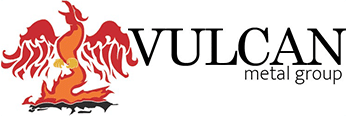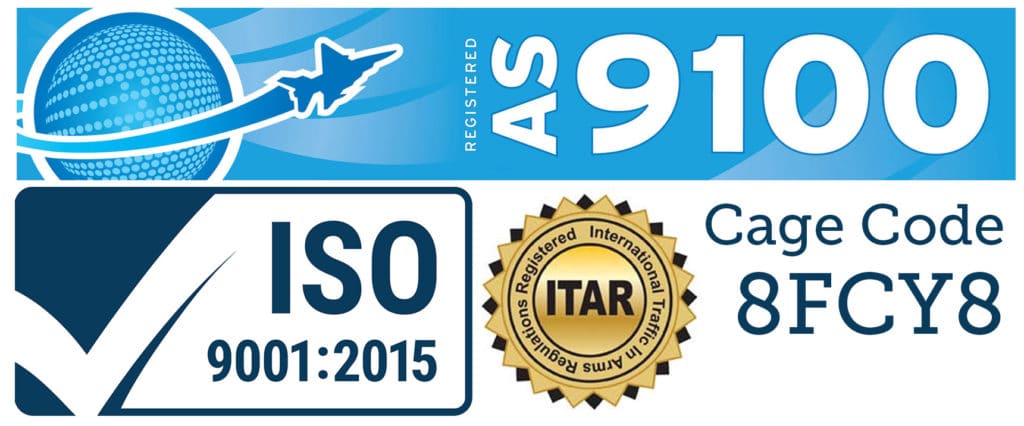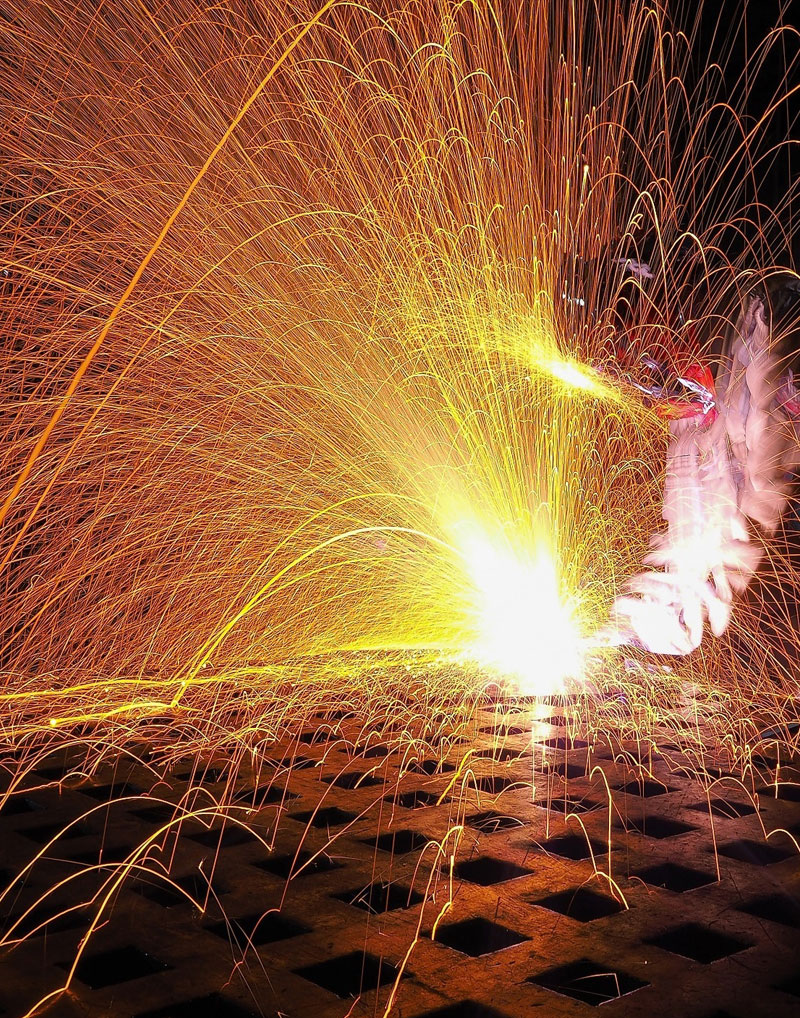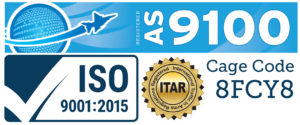Understand Your Molybdenum Options
Phil Guthrie – Owner-President of Vulcan Metals
Introduction
When it comes to high-temperature applications, molybdenum offers a better combination of performance and price point than any of the other refractory (high-temperature) metals. Molybdenum can be sourced as pure metal and several common alloys. Successful product design starts with understanding.
Molybdenum 101
Molybdenum is a refractory metal with an extremely high melting point and useful peak working temperature (see table below). The bulk metal is formed by compressing molybdenum powder, sintering it, then annealing it. Heating the material above its transition temperature of about 100°F causes the individual grains to lengthen, orient, and interlock, resulting in a metal that remains ductile even when returned to room temperature.
Molybdenum has very high tensile strength — about 14,000 psi at 2200°F (1200°C), for example. It exhibits minimal outgassing, even in hard vacuum. The metal’s low coefficient of thermal expansion (CTE) gives it outstanding dimensional stability for applications involving temperature swings and it’s also corrosion-resistant for harsh environments.
| Metal | Melting point (°F) | Highest working temp (°F) | Recrystallization temp (°F) | Relative cost |
| Molybdenum metal | 4730 | 3450 | 1850°F | $ |
| Lanthanated molybdenum (MoLa) | 4784 | 3632 | 2372 | $$ |
| Molybdenum TZM | 4753 | 2623 | 2552 | $$ |
| Niobium | 4491 | 2,700 | $$$ | |
| Platinum | 3225 | 2900 | $$$$$ | |
| Tantalum | 5425 | 4350 | $$$$ | |
| Tungsten | 6170 | 4500 | $$ |
Molybdenum has higher melting points and maximum working temperatures than niobium and platinum. It’s competitive with tantalum and tungsten for many applications. Perhaps most importantly, it’s less expensive than the alternatives, making it a good choice for a range of applications, so long as it satisfies temperature requirements.
The primary challenge of molybdenum is its brittleness, especially when heated above its recrystallization temperature. Above recrystallization temperature, grain orientation randomizes and the material becomes brittle when returned to room temperature.
Lanthanated molybdenum (MoLa)
MoLa is a molybdenum alloy doped with between 0.3% and 0.7% lanthanum oxide (La2O3). The addition significantly elevates MoLa’s melting point and recrystallization temperature. As a result, it is ideal for very high-temperature applications. The alloy also has impressive creep resistance. MoLa is primarily supplied in sheet form; the increased ductility makes it easier to bend and deform without cracking the workpiece.
The trade-off is that MoLa costs 15% to 20% more than pure molybdenum metal.
Molybdenum TZM
Molybdenum TZM is an alloy of molybdenum with 0.5% titanium, 0.08% zirconium, and 0.02% carbon. This formulation boosts the recrystallization temperature of the material. The most important attribute of the alloy is its increased strength compared to the pure metal. Molybdenum TZM is available in all forms but most frequently supplied in round bar for loadbearing legs or racks.
Molybdenum in action
The mix of characteristics enables OEMs to make cost/benefit trade-offs during product design. As an example, consider high-temperature vacuum furnaces. In a standard design, the walls might be pure molybdenum metal, but the shelves and supporting beams would be molybdenum TZM. In the extreme high-temperature version, some or all of the walls would be MoLa, with support structures of molybdenum TZM.
Other applications include:
- Aerospace components – rocket nozzles, nozzle throat linings
- Electronic devices – transistors
- Energy – gas pipelines, nuclear reactors, oil refining
- Manufacturing – vacuum furnaces
- Medical devices – X-ray tube anodes
Conclusion
Molybdenum and its alloys deliver excellent high-temperature performance at a fraction of the cost of competing metals. The key to success is to identify the specific needs of each part of the product. Consider the three common formulations discussed above, and don’t forget to consider a combination for the best balance of performance and price. Finally, molybdenum has a reputation for being difficult to machine, but that is not the case, see Sourcing Molybdenum Parts. All you need is a trusted supplier with the equipment and expertise to work with molybdenum and sourcing parts becomes straightforward.
The Vulcan team has decades of aggregate experience turning out precision molybdenum parts for customers in volume. Contact us to find out what we can do for you.
Vulcan Metal Group: More Than Just Metals
Take Your Next Specialty Metals Project to Vulcan
- Staff with decades of aggregate experience with molybdenum and other specialty metals
- Inventory of high-quality molybdenum, plus a robust supply chain
- Precision machining to tight tolerances
- Finished and semi-finished parts to print
- Millimeters to meters in size
- Capabilities include thread rolling, turning, milling, sharing, and wiring EDM
- No minimum on materials and/or machining
- ISO 9001:2015 and AS9100:2016 registered

we offer CNC milling, machining and manufacturing services
If your component is ready to scale, we can help with by moving your prototype to mass production. Vulcan Metal Group specializes in CNC milling, machining and manufacturing short run specialty metal parts.
Whether you need one part or a hundred, we can help deliver to-spec CNC milling, turning and other machining to make sure your project stays on track and on budget.
Address
Vulcan Metal Group LLC
23888 Madison Street
Torrance, CA 90505
United States
Phone / Fax
Phone: +1 310.882.6841
Fax: +1 310.893.0579
Cage Code
8FCY8
Quality Policy: Vulcan Metal Group, LLC. supplies mission critical, special purpose materials, and products at a competitive price. The company’s quality system is registered to ISO 9001 and AS9100 and follows its principles for the governance of the business. An active continual improvement program and compliance with all applicable OSHA, federal, and state regulations is maintained.



